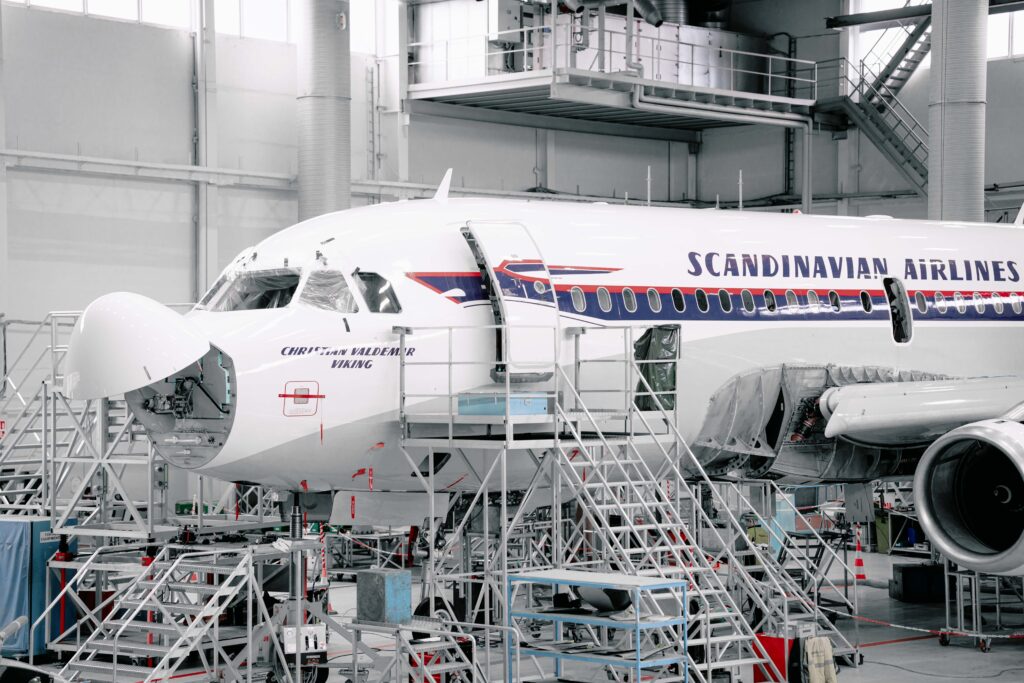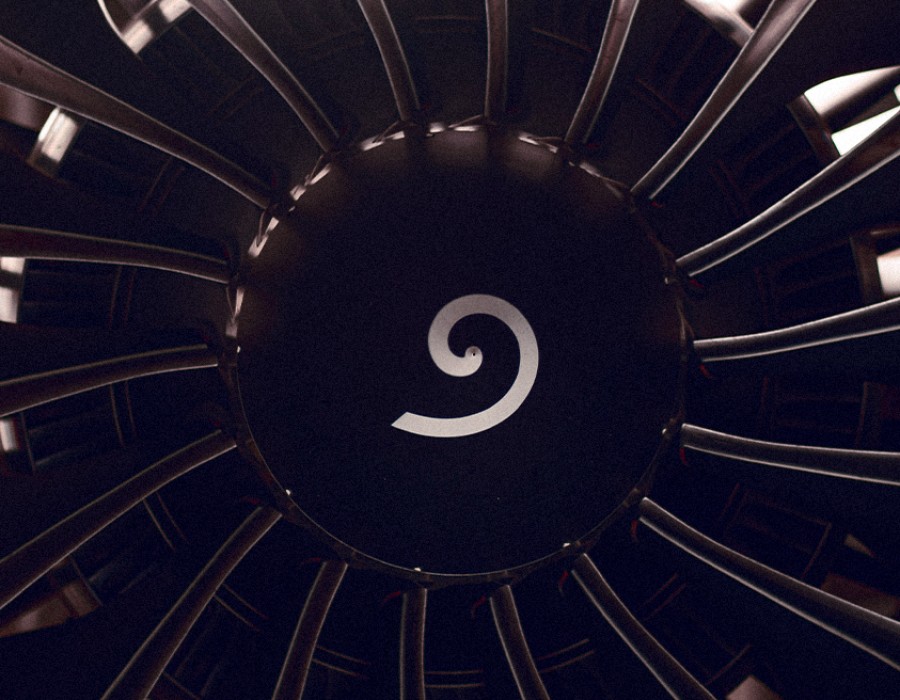What is an Aircraft Lease?
A lease for an aircraft is a contract between two parties, usually a lessor and a lessee. In exchange for recurring payments known as rentals or lease payments, the lessor consents to loan the aircraft to the lessee for a predetermined amount of time.
You can make payments for an aircraft lease on a full-time basis, where you can pay for all hours upfront, or on an operational basis, where the lessee only pays for the flying hours actually used. An aircraft lease can also be set up with a single payment and no ongoing costs. It's crucial to understand that leases are not loans because there is no interest accrued over time and no transfer of title.
For people who desire to buy an aircraft without the hefty expense of ownership, aircraft leasing is a convenient choice. The normal length of an aircraft lease is five to ten years, after which you must either return the aircraft to the lessor or buy it outright. If you need leasing advice, Magnetic Leasing provides full-scope consulting, while Magnetic MRO would support and maintain your aircraft when needed.
What are the motives for leasing an aircraft?

Insufficient financial resources:
Businesses may lack the funds essential to own aircraft. commercial aircraft. Most probably, they are quite expensive and account for a sizable portion of a company's investment items. Moreover, businesses that lack this financial clout could seek to keep operating via leasing aircraft.
Tax benefit:
Leasing a plane may occasionally result in tax benefits for the lessee companies.
Swiftly meeting urgent needs:
The airline business is a dynamic industry that changes swiftly. The demand for some routes may occasionally rise. Or the airline company might put a plan in place to quickly close some of the gaps in the market. Leasing a plane might be a practical answer in these circumstances.
Order Time:
Companies that manufacture aircraft build them in response to orders from other businesses. (Even Boeing makes aircraft after receiving a precise order code from the business). Additionally, it is not uncommon to have to wait a very long time for an ordered aircraft. Renting a plane under these circumstances is a good choice.
We briefly discussed the benefits of leasing an aeroplane, but it is important to remember that while some businesses favour it, not all businesses do. For instance, leasing a plane might not be the best option if you expect to use it in your fleet for a very long time. Magnetic Group can offer a broad range of innovative aircraft and leasing solutions suiting your needs & preferences.
What are some of the popular leasing techniques?
Operating leases – can be short or long-term, and at the end the asset is redelivered to the lessor. As an example, engines or landing gears could be for 1 – 2 months, engine stands sometimes only weeks. Aircraft tend to be for at least a couple of years due to the work required to register and deregister onto the airlines operator certificate. Brand new aircraft would tend to start with 8 – 12 year lease terms.
Finance leases – Here the bank or financier retains title to the asset, the lessee pays a monthly lease payment including both interest & principal for the agreed term, and at the end pays a balloon / bullet payment to take ownership of the asset.

For the first part, it depends on the asset type. For landing gears, APU‘s, Engine Stands there is generally just a single monthly payment. For aircraft & engines then there is a fixed monthly rent payment and then a variable payment depending on the utilisation of the asset. Depending on the age of the asset, length of lease & credit rating of the lessee, then the variable payment is either paid monthly (older assets, worse credits) or from a large end of lease adjustment payment (newer assets, better credit).
Also, depending on your needs, Magnetic Trading and Magnetic Training offer an extension and come with smart management, helping airlines with cost-effective solutions, or can help your team gain on-hand professional and technical skillset.
What Is the Importance of Maintenance for the Airlines Industry? The blog was first posted on Article Entry





Comments